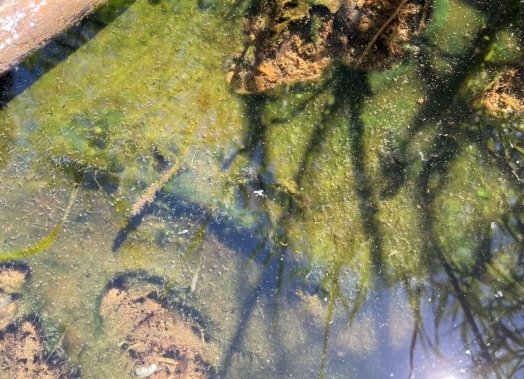
“We’ve been finding them everywhere:” HRM holds blue-green algae info session
Global News
The algae can cause itchiness, rashes, and hives in people, but it can be fatal to pets. Experts say people should supervise their animals closely when outdoors near water.
The Halifax Regional Municipality is asking residents to familiarize themselves with blue-green algae, a harmful bacteria that can be found naturally in lakes, rivers, ponds and streams.
An information session on blue-green algae was held at Oat Hill Lake in Dartmouth, one of the places where the bacteria was reported last month.
“We’ve been finding them everywhere,” says Elizabeth Montgomery, HRM’s water resources specialist. “We’re not sure if they’re new… we suspect that people are looking for them now.”
Also known as cyanobacteria, algae are some of the oldest organisms on earth and can be found naturally in lakes, rivers and ponds in and around the Halifax region.
“They can look like spilled paint…they can look like glass spillings or an oil spill,” Montgomery says.
In June, there were numerous reports of blue-green algae, including at lakes in Lunenburg County and Kings County.
The only active report of blue-green algae is at Cunard Beach in Halifax.
Cyanobacteria can take many forms but are generally categorized as “blooms” or “mats.”













